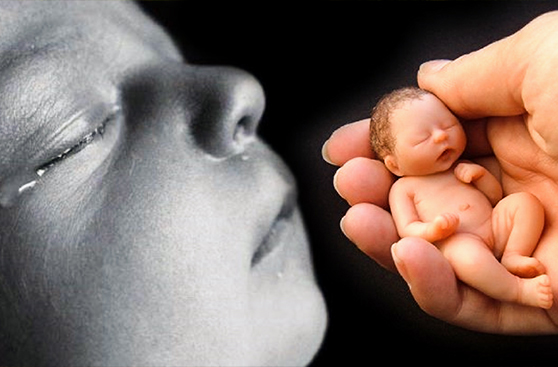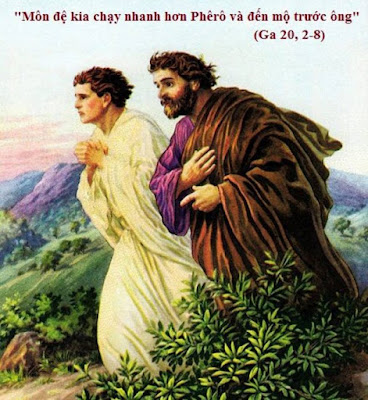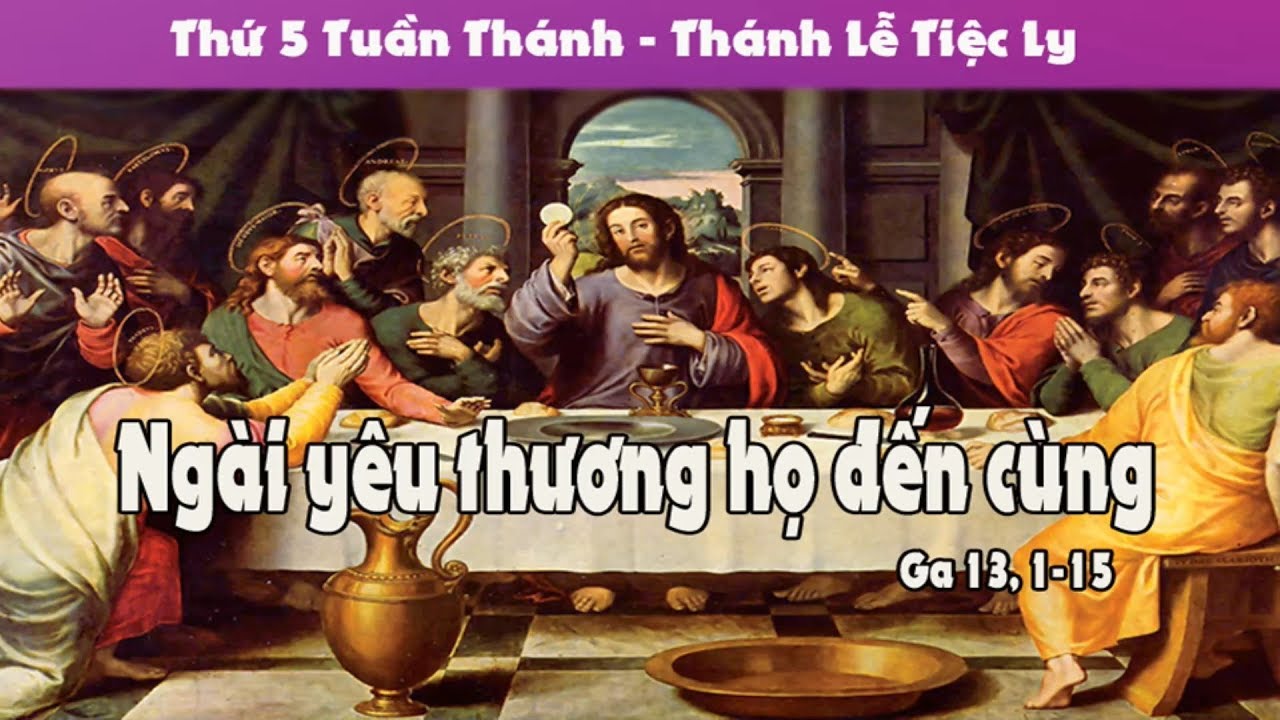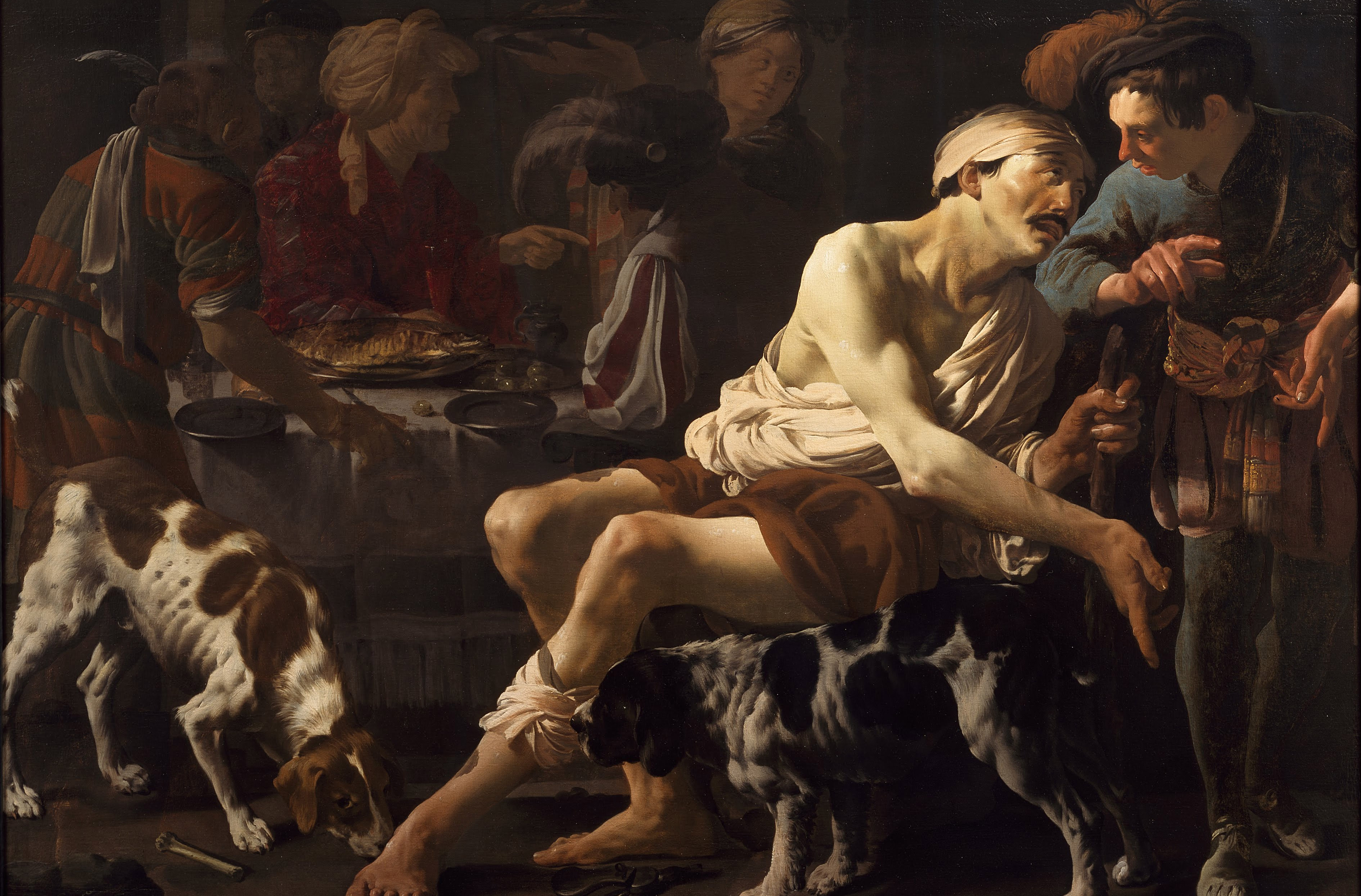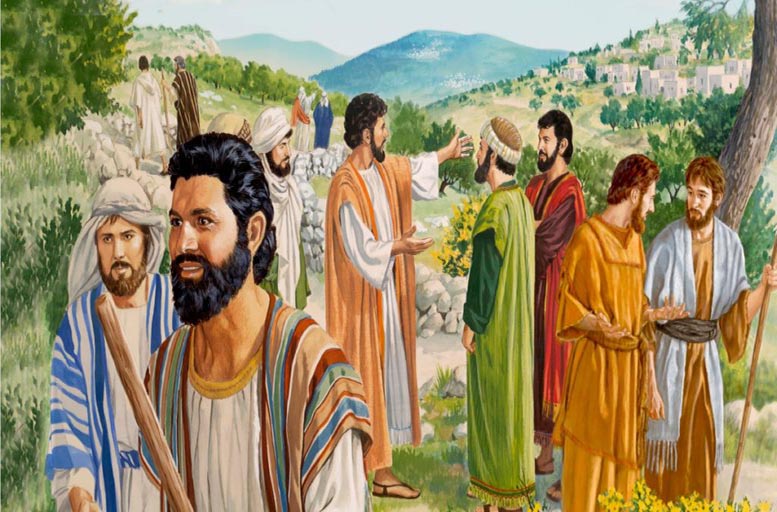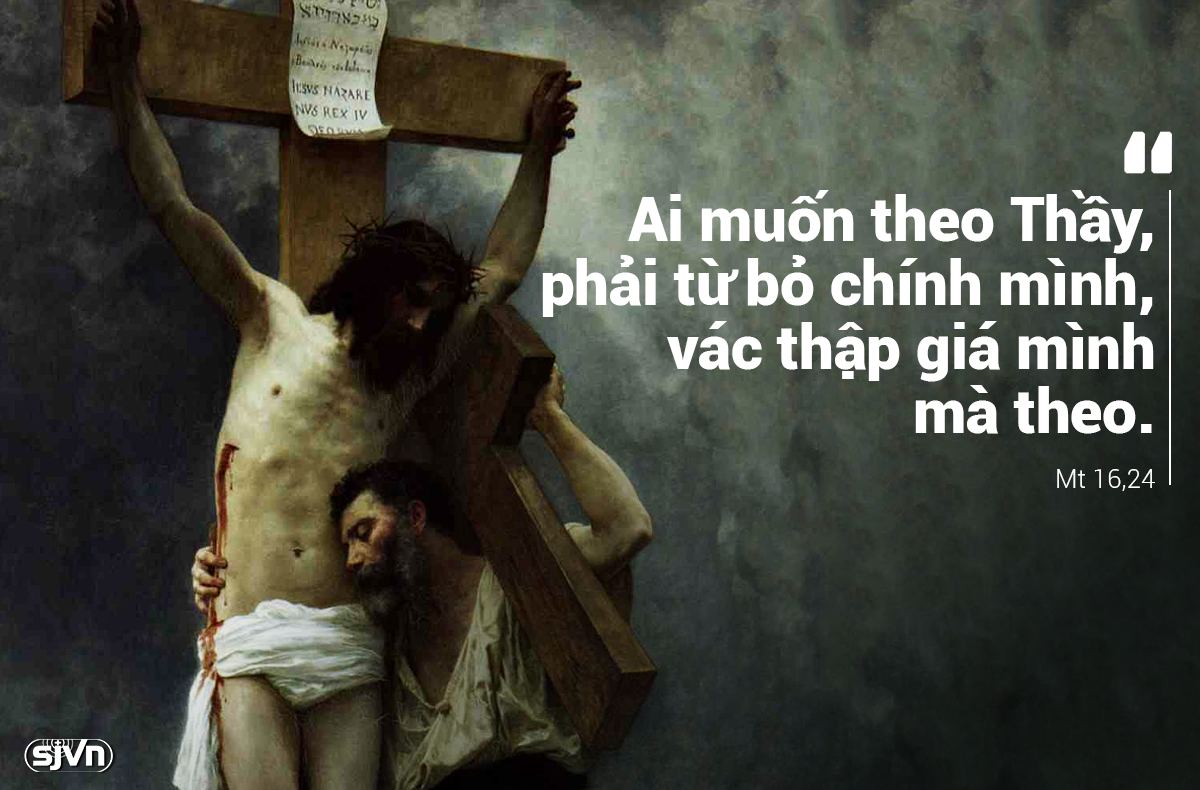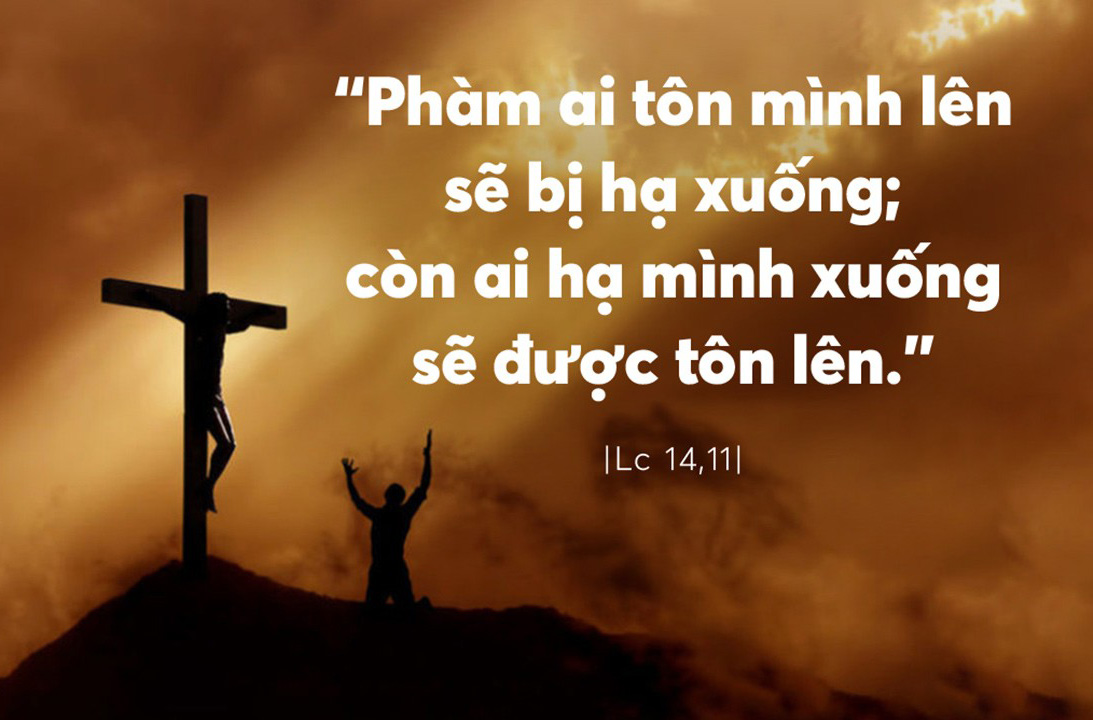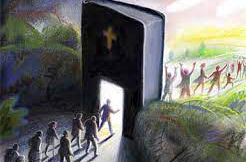Reflection
Our Lady of the Rosary
A reflection on the Rosary on the Feast of Our Lady of the Rosary.
To pray using beads is not an invention of the West. Beads are thought to have been used to count prayers even in ancient Nineveh where a statue has been found holding prayer beads. It is a practice in both Buddism and Islam as well as in the Eastern rite traditions. Early prayer counting devices have been found with the remains of Christian Hermits from the fourth century. From as early as AD 782, among the monastic orders, the practice was to recite 150 psalms or 300 Kyrie eleisons.
We read in the "Ancient Customs of Cluny", that upon the death of a brother, it was the custom to privately repeat 50times, the Pater Noster or the Lord's Prayer.
By the eleventh and twelfth centuries, Christians were using pebbles, berries, or discs of bone threaded on a string. In Old English, the word bead means prayer. In 1075, Countess Godiva of Coventry left to a monastery, "the circlet of precious stones which she threaded on a cord in order that by fingering them one after another, she might count her prayers exactly."
It is likely that the Paternoster was the most common prayer recited in this way. Such strings of beads are still known in parts of Europe as "Paternosters". By 1268, Paris had four guilds of paternotriers, while Paternoster Row in London still preserves the memory of the street in which these craftsmen congregated.
During the course of the twelfth century, a version of the Ave Maria was becoming familiar. St Albert, who died in 1140, said a hundred times a day, the salutation of the Archangel Gabriel to Mary. A similar devotion of fifty Ayes divided into sets of ten was recommened to a little group of English anchoresses in 1150 to 1200. The practice of meditating on certain definite mysteries has rightly been described as the very essence of the Rosary devotion. The introduction of this meditation has been attributed to a Carthusian, Dominic the Prussian. By the fifteenth century, the utmost variety of methods of meditating prevailed.
The word rosarius means a garland or bouquet of roses. An early legend concerns a story that Our Lady was seen to take rosebuds from the lips of a young monk when he was reciting Hail Marys and to weave them into a garland which she placed upon her head. A German version of this story dates from the thirteenth century.
The preaching of the Dominican, Alan de Rupe, in the years 1470 - 75 met with much success. He preached about the devotion to "Our Lady's Psalter" which consisted of 150 Hail Marys. Together with his colleagues at Douai, Cologne, he organised Rosary Confraternities. The immense diffusion of the Rosary and its confraternities throughout the West can be attributed to the devotion of the Dominicans.
Pope John Paul II and the rosary
On 13 May 1981, Pope John Paul II was on his way to the podium in St Peter's Square to announce the formation of a new institution to be called the Pontifical Institution for Marriage and The Family. He did not make it on that day. A man called Mehemet Ali Agca, shot the Pope in the chest at close range.
May 13 1917 was the date of the first apparition at Fatima, Portugal. Mary appeared to three shepherd children and identified herself as Our Lady of the Rosary. She asked the children to recite the rosary daily and taught them to add to it, the "mercy" prayer for all souls.
The threefold message of Fatima is the practice of penance; the recitation of the Rosary and devotion to the Immaculate Heart of Mary. Lucia, the oldest of the children is still alive.
Pope John Paul II attributed his survival of the assassination attempt, to Our Lady of Fatima. He made her the Patroness of the Institute for Marriage and the Family. After his recovery he sent to Fatima, the bullet that was removed from his chest. It was placed in the crown of Our Lady's statue at the shrine in her honour. In October 2002, Pope John Paul II issued the following Apostolic Letter:
Rosarium Virginis Mariae
Of the Supreme Pontiff John Paul II
To the Bishops, Clergy and Faithful
On the Most Holy Rosary
In this letter the Pope tells us that "The Rosary is my favourite prayer. A marvellous prayer! Marvellous in its simplicity and its depth." The letter tells us that the Rosary, developed in the West, belongs among the finest and most praisworthy traditions of Christian contemplation.
On page 10 of the Letter, the Holy Father announces the new mysteries that he has added to the Rosary. They are to be called the Mysteries of Light, and celebrate thepublic life of Jesus. The mysteries will be:
1. The Baptism in the Jordan
2. The self-manifestation at the wedding of Cana
3. The proclamation of the Kingdom of God
4. The Transfiguration
5. The institution of the Eucharist
This "set" of Mysteries will now be added to the three existing "sets":
1. The Glorious Mysteries
2. The Joyful Mysteries
3. The Sorrowful Mysteries
Photo:
The statue of Our Lady of Fatima is carried May 13 through a crowd of pilgrims at the shrine built in her honor in central Portugal. Hundreds of thousands of pilgrims joined in celebrations marking the 90th anniversary of the first apparition of the Vir gin Mary to three shepherd children. Lucia dos Santos and her cousins, Francisco and Jacinta Marto, received the first of several visions of Mary May 13, 1917. CNS photo/Nacho Doce, Reuters
By Rachel Naughton, Melbourne Diocesan Historical Commision
The List of Contributions Received by Caritas Vietnam
1. The list of 2024 contributions to the Caritas Vietnam general charity fund
2. The list of 2023 contributions to the Caritas Vietnam general charity fund
Latest project information
Copyright © 2018 by COMMISSION on CHARITY and SOCIAL ACTIONS - CARITAS VIETNAM
Total visits: 26,048,609


